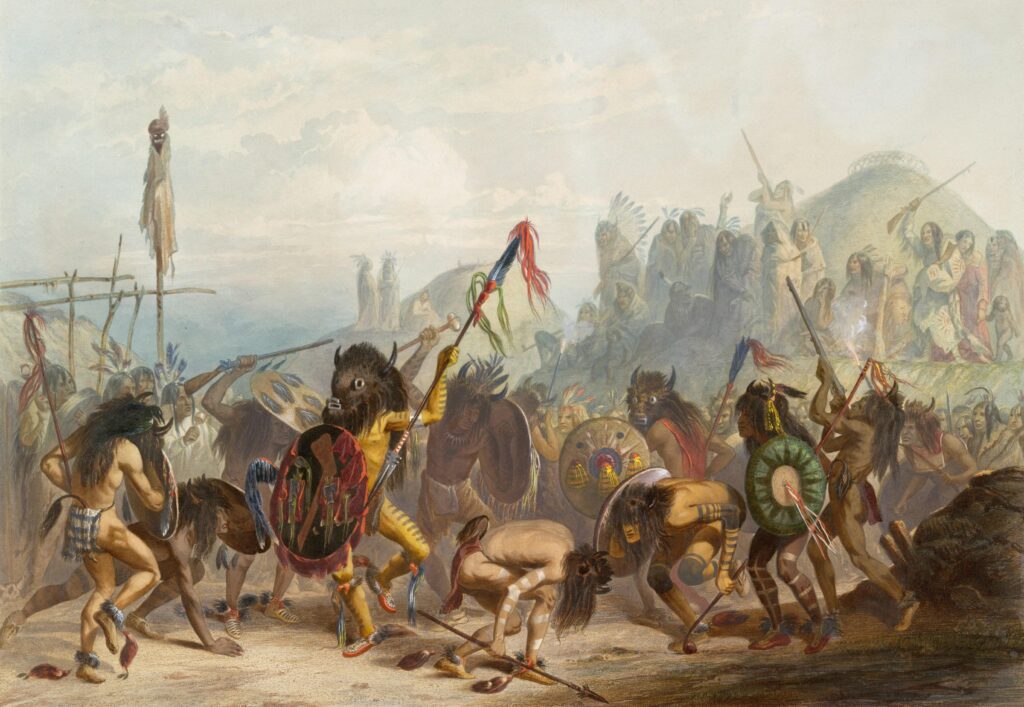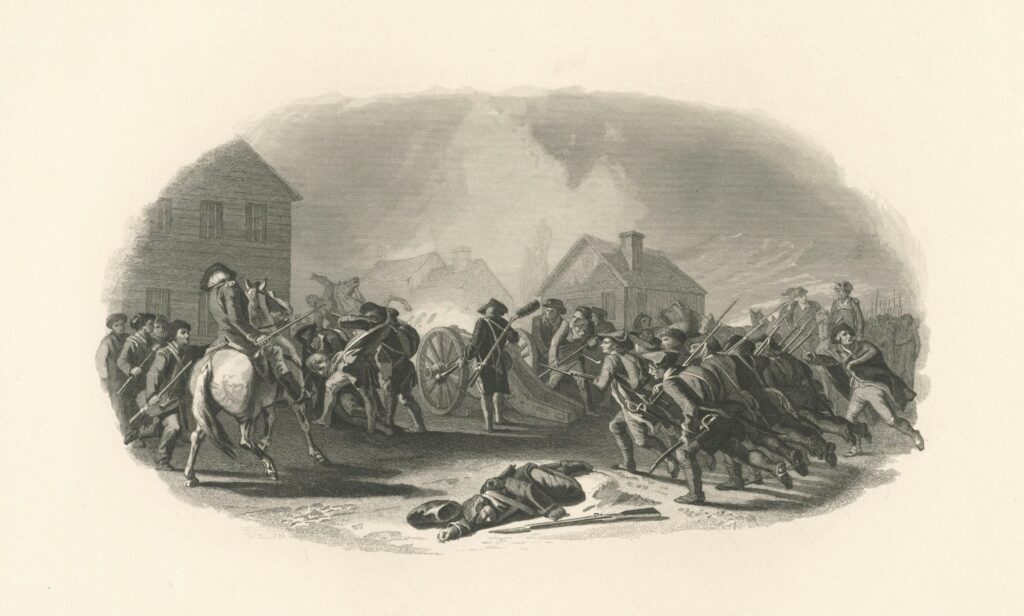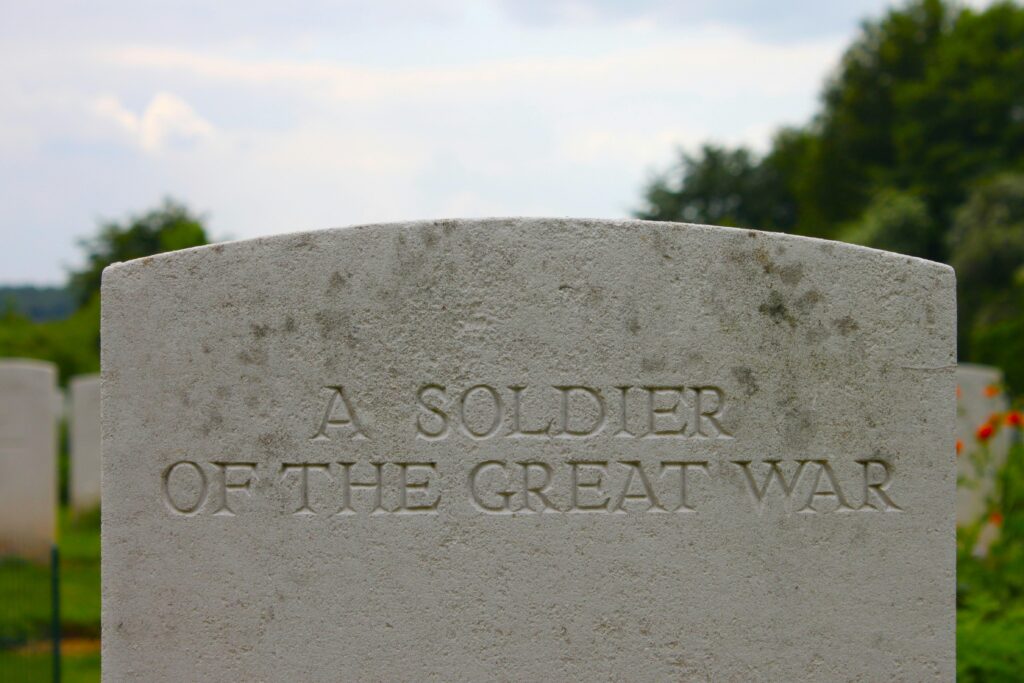The Battle of Agincourt, fought on October 25, 1415, stands as one of the most iconic clashes in medieval history. Despite being heavily outnumbered, the English army, led by King Henry V, achieved a stunning and decisive victory against the French forces. This remarkable triumph not only shifted the balance of power during the Hundred Years’ War but also cemented England’s military reputation for generations to come. In this article, we’ll explore the strategic brilliance, tactical innovation, and sheer determination that allowed England to secure this historic win at Agincourt.
Table of Contents
- The Strategic Use of Terrain and Weather Conditions at Agincourt
- The Role of the English Longbow in Securing Victory
- Analyzing French Tactical Errors and Their Impact on the Battle
- Lessons Modern Military Strategists Can Learn from Agincourt
- Concluding Remarks
The Strategic Use of Terrain and Weather Conditions at Agincourt
One of the most decisive factors behind the English victory was the masterful exploitation of the battlefield’s geography. King Henry V and his commanders chose a narrow strip of land bordered by dense woods, effectively funneling the larger French army into a confined space. This constricted area negated the French knights’ superior numbers and cavalry maneuverability, forcing them to attack in a narrow formation. Additionally, the English positioned longbowmen on the flanks, using the natural cover of the woodland edges to shield their vulnerable archers while maximizing their lethal firing arcs. This tactical use of terrain showcased a keen understanding of defensive warfare, turning the battleground itself into a force multiplier for the English.
The weather that day also played an unexpected but critical role. Prior heavy rains had transformed the ground into a muddy quagmire, severely hindering the French heavily armored troops and cavalry who struggled to maintain footing during their advance. In contrast, the English soldiers, more lightly equipped and fighting from a defensive posture, were better able to adapt to the difficult conditions. The mud compounded the exhaustion and disarray within the French ranks, magnifying the effectiveness of English archery and infantry tactics. Together, the strategic harnessing of the terrain and the natural elements underscored the innovative military thinking that secured a historic victory against overwhelming odds.
- Wooded flanks to shield archers and channel attackers
- Narrow battlefield limiting French troop deployment
- Muddy ground impeding French heavy cavalry charges
- Defensive positioning maximizing the English longbow impact
The Role of the English Longbow in Securing Victory
In the chaos of medieval battlefields, the English longbow emerged as a game-changer during the Battle of Agincourt. This weapon was not just a tool but a symbol of tactical ingenuity, capable of turning the tides against seemingly overwhelming odds. Unlike the cumbersome crossbows used by many of their contemporaries, the longbow offered rapid-fire capability, impressive range, and remarkable penetration power. Skilled archers, trained from a young age, could unleash volleys of arrows that darkened the sky, disrupting the French formations long before they could engage in hand-to-hand combat. The sheer volume of arrows, combined with their deadly accuracy, inflicted heavy casualties and created a psychological barrier that fragmented the enemy’s advance.
Several key factors highlight why the longbow was indispensable to the English victory:
- Rate of fire: Experienced archers could release up to ten arrows per minute, maintaining a relentless barrage.
- Range and accuracy: The longbow’s effective range exceeded 250 yards, allowing English forces to strike from a safe distance.
- Penetration power: Longbow arrows could pierce through armor, a crucial advantage against the heavily armored French knights.
- Tactical deployment: English commanders positioned archers strategically on the flanks and behind defensive stakes to maximize their effectiveness.
This potent combination of speed, precision, and armor-piercing capability, coupled with innovative battlefield positioning, ensured the longbow played a decisive role in securing England’s historic triumph.
Analyzing French Tactical Errors and Their Impact on the Battle
The French forces at Agincourt fell prey to a series of critical tactical errors that dramatically shifted the battle’s outcome in favor of the English. One of the most glaring mistakes was the French overconfidence in their heavily armored knights, who became bogged down in the muddy terrain. This misjudgment rendered their charge ineffective and left them vulnerable to the deadly English longbows. Moreover, the French commanders failed to effectively coordinate their attacks, leading to scattered assaults rather than a unified offensive. The disorganized advance not only slowed their momentum but also allowed the English archers to exploit gaps and inflict devastating casualties.
Additionally, the French underestimated the strategic use of terrain by the English. Rather than adapting their formations to counter the narrow battlefield and difficult ground conditions, the French persisted with traditional battle tactics that were ill-suited to the environment. Key errors included:
- Neglecting to secure flanks, which exposed their troops to flanking fire.
- Ignoring the impact of muddy fields, which hindered mobility and tireless charging.
- Failing to manage supply lines and morale, resulting in a loss of cohesion amid the chaos.
These shortcomings compounded the French defeat, making the Battle of Agincourt a case study in how tactical blunders on the battlefield can decisively determine the course of history.
Lessons Modern Military Strategists Can Learn from Agincourt
Modern military strategists can draw valuable insights from the Battle of Agincourt, particularly regarding the importance of terrain and environmental conditions. Henry V’s forces chose a heavily wooded, narrow battlefield that negated the numerical superiority of the French army. Contemporary planners should remember that leveraging geography can level the playing field against stronger opponents, emphasizing that mastery over the battlefield’s physical context often proves as decisive as raw firepower. This principle encourages a holistic approach to strategy, where understanding weather, terrain, and logistical constraints is crucial.
Additionally, the ingenious use of force multipliers—such as longbows at Agincourt—highlights the power of technological and tactical innovation in combat. Agincourt’s English archers showcased how a well-trained, coordinated unit employing relatively simple but effective weapons can disrupt and dismantle larger, heavily armored forces. Modern strategists are reminded to not only invest in cutting-edge technology but also focus relentlessly on training, morale, and tactical discipline—factors that can transform standard assets into game-changing advantages on the battlefield.
- Leverage terrain to neutralize enemy advantages
- Emphasize training and unit cohesion over sheer numbers
- Adopt technology as a force multiplier rather than sole reliance
- Prepare flexible tactics adaptable to battlefield realities
Concluding Remarks
The Battle of Agincourt stands as a testament to strategic brilliance, unwavering resilience, and the profound impact of leadership under pressure. England’s victory on that muddy French battlefield not only shifted the tides of the Hundred Years’ War but also left an enduring legacy in military history. By understanding the key factors that led to this historic win—from innovative tactics and terrain advantage to the indomitable spirit of Henry V’s forces—we gain valuable insights into how David triumphed over Goliath. Agincourt reminds us that even against overwhelming odds, discipline, strategy, and courage can change the course of history.













